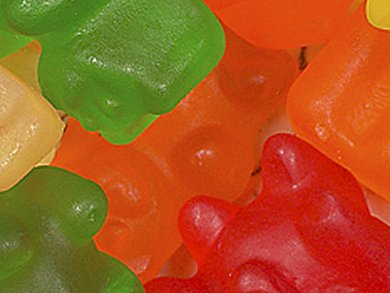Raghunath A. Mashelkar, National Chemical Laboratory, Pune, India, and colleagues demonstrate that permanently cross-linked hydrogels can be engineered to exhibit self-healing in an aqueous environment. They armed the hydrogel network with flexible-pendant side chains carrying an optimal balance of hydrophilic and hydrophobic moieties that allows the side chains to mediate hydrogen bonds in acid conditions across the hydrogel interfaces with minimal steric hindrance and hydrophobic collapse.
The self-healing occurs within seconds of the insertion of a crack into the hydrogel or juxtaposition of two separate hydrogel pieces. The healing is reversible and can be switched on and off via changes in pH, allowing external control over the healing process. The hydrogels can sustain multiple cycles of healing and separation without compromising their mechanical properties and healing kinetics.
The researchers see various potential applications of such easy-to-synthesize, smart, self-healing hydrogels like in medicine as wound closure for example of gastric mucosa, for drug dosing, or as sealing agent of plastic container for transport or storage of acids.
- Rapid self-healing hydrogels,
Ameya Phadke, Chao Zhang, Bedri Arman, Cheng-Chih Hsu, Raghunath A. Mashelkar, Ashish K. Lele, Michael J. Tauber, Gaurav Arya, Shyni Varghese
Proceedings of the National Academy of Sciences 2012.
DOI: 10.1073/pnas.1201122109




